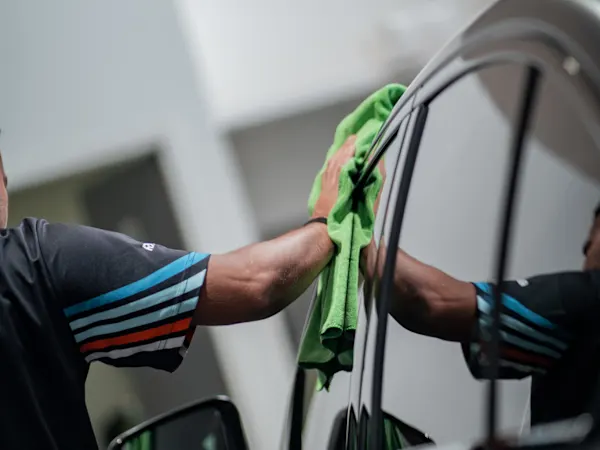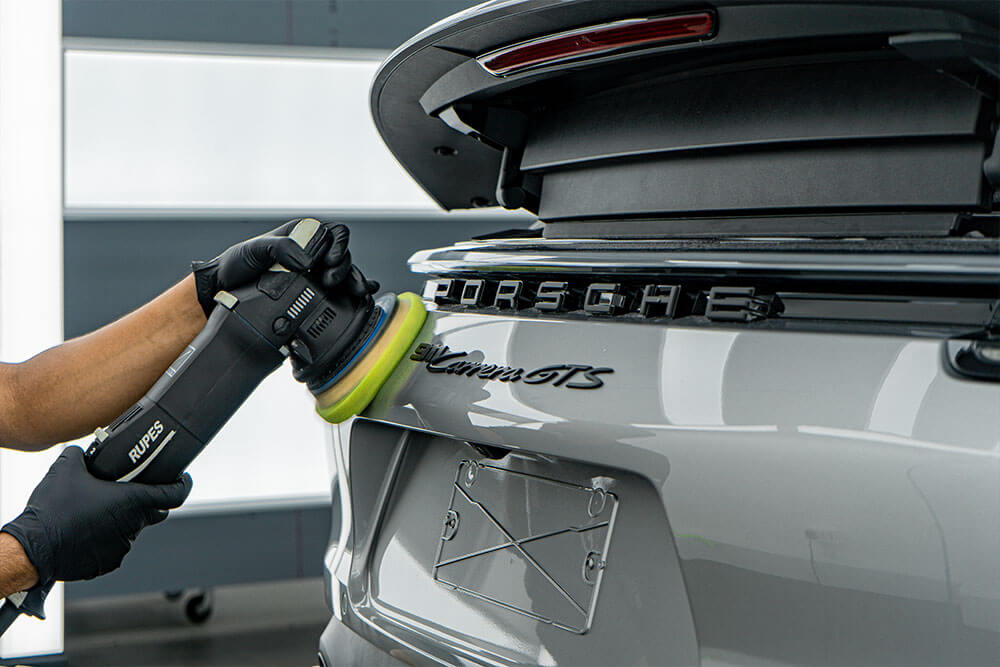
Car detailing requires more than just cleaning; it involves understanding the condition of your car’s paint. One of the most important factors to consider is paint hardness, which affects how your car should be maintained. Whether your car’s paint is soft or hard plays a major role in how detailing processes like washing, polishing, and protecting the surface are carried out. This blog will explain the concept of paint hardness and how it impacts car detailing.
What Is Paint Hardness?
Paint hardness refers to the durability of a car’s paint and its resistance to scratches, marring, and wear. It is typically measured using the Mohs scale of mineral hardness, which classifies materials based on their ability to resist scratching. In terms of car paint, harder surfaces are more resistant to damage from everyday elements like road debris, dust, and improper cleaning techniques. Softer paints, on the other hand, are more vulnerable to imperfections such as swirl marks and scratches, which can be harder to remove.
Different manufacturers use various paint formulations, meaning that even cars of the same make and model can have different levels of paint hardness. For example, some vehicles use clear coat finishes, which tend to be harder, while others may have single-stage paint, which is often softer.
How Paint Hardness Affects Detailing
1. Washing
The hardness of the paint significantly influences how you should wash your car. Softer paints are more prone to swirl marks and scratches during cleaning, so extra care is needed. Using high-quality microfiber mitts, employing the two bucket wash method, and avoiding harsh chemicals can minimize damage. Harder paint finishes are more resilient, but they still require careful handling to avoid scratching or degrading over time.
2. Polishing and Paint Correction
Polishing is often necessary to correct minor imperfections, such as scratches or swirl marks. The hardness of the paint determines how aggressive you can be during this process. Softer paints require gentler compounds and polishing pads to avoid further damage. Too much pressure or an overly abrasive polish can cause more harm than good.
In contrast, harder paints allow for more aggressive polishing methods, such as using stronger compounds or rotary buffers, without as much risk of damaging the surface. However, even with harder paints, a cautious approach is essential to ensure that the clear coat isn’t worn down excessively.
3. Protection and Coatings
When it comes to protecting the paint, harder surfaces tend to hold up better with ceramic coatings or paint protection films (PPF). These products bond more effectively to harder surfaces, creating a durable shield against contaminants and UV rays. Softer paints may not bond as well with protective coatings and often require more frequent reapplications.
Ceramic coatings, which create a hydrophobic surface, are particularly useful for both soft and hard paints, as they repel water and dirt, making future cleaning easier. However, soft paints will require more frequent maintenance to maintain the protective layer.
Testing Paint Hardness
Detailers often test paint hardness by using tools like the pencil hardness scale or conducting scratch tests. While these tools can provide some insight, much of the testing comes down to experience. During polishing, for instance, detailers assess how the paint reacts to different compounds and techniques. Soft paints may show visible signs of damage more quickly, whereas harder paints are more forgiving.
Conclusion
Understanding paint hardness is essential in car detailing. Softer paints demand a more delicate approach to washing, polishing, and protection to avoid introducing scratches or swirl marks. Harder paints, though more resilient, still require careful maintenance to preserve their finish. Whether you’re washing, polishing, or applying protective layers, adjusting your methods based on your car’s paint hardness ensures a longer-lasting, flawless appearance.
By recognizing the unique characteristics of your car’s paint, you can customize your detailing routine, keeping your vehicle in prime condition for years to come.


